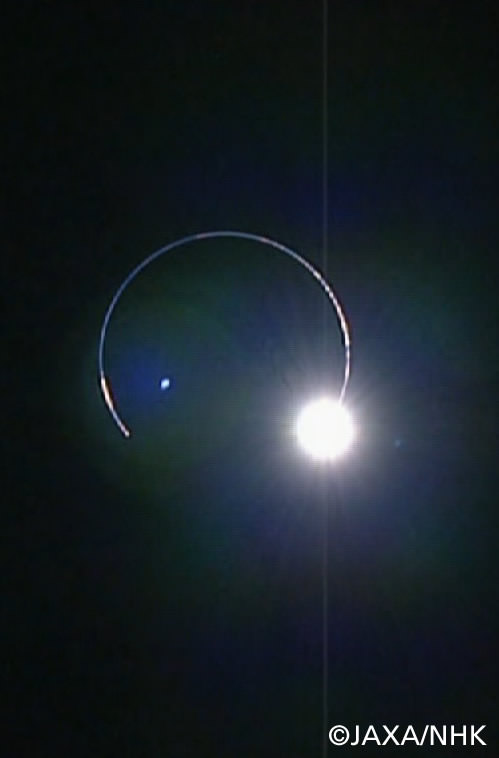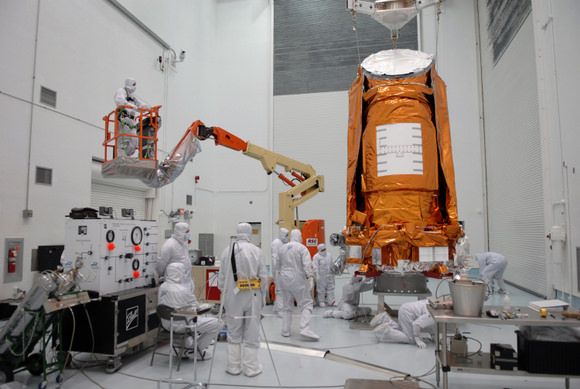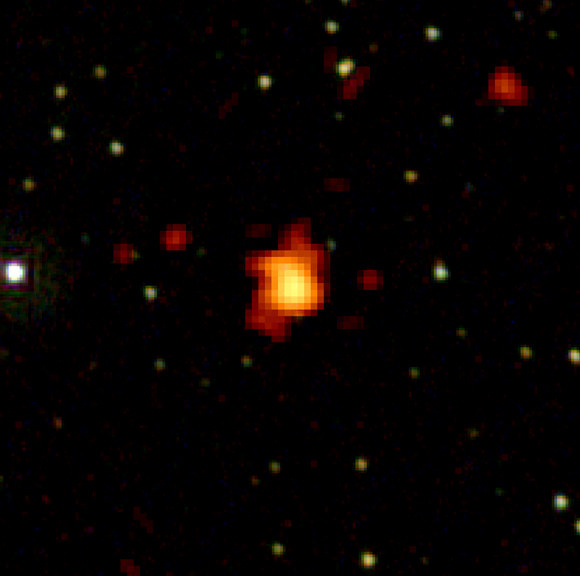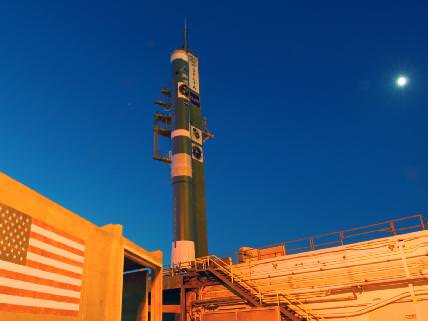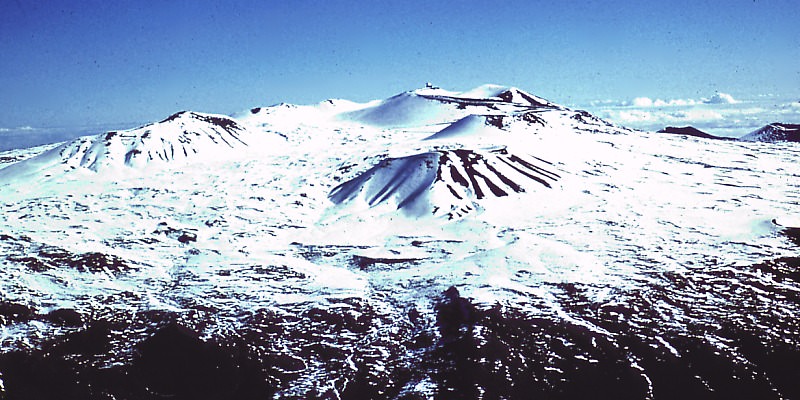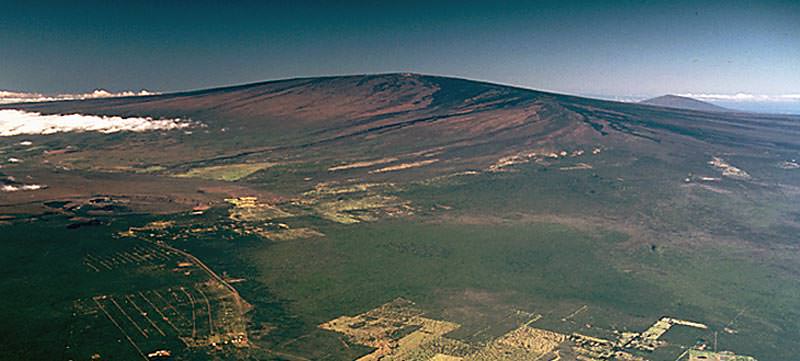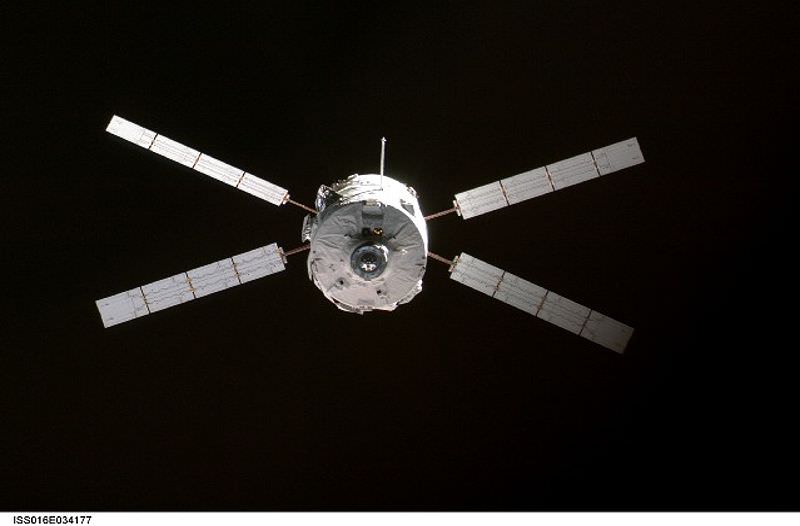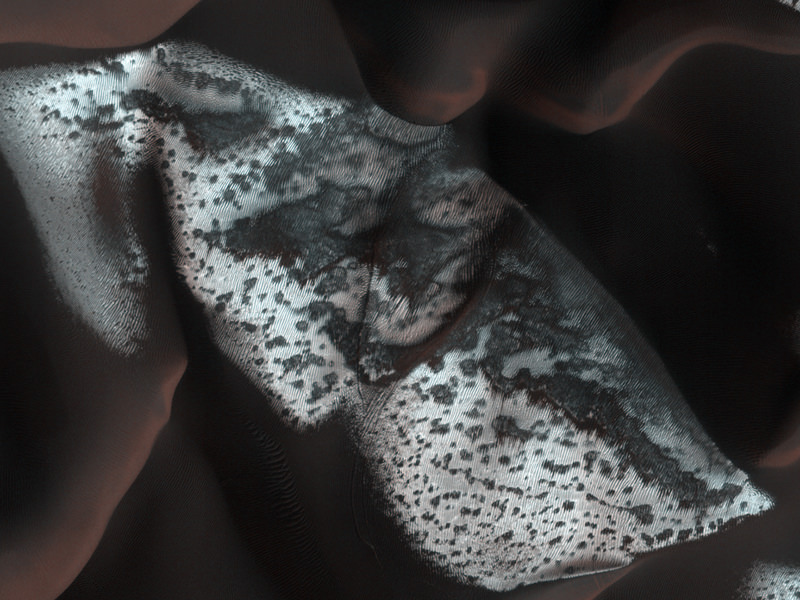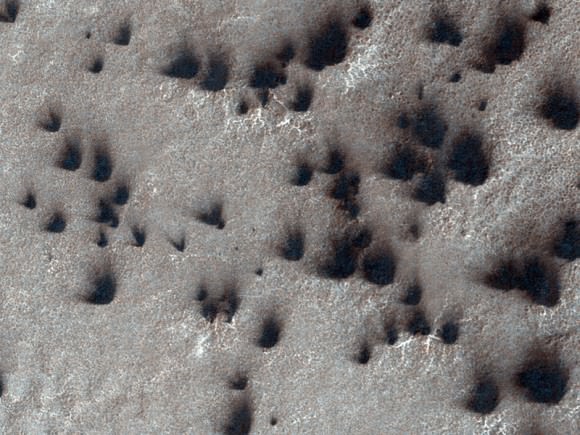[/caption]
NASA’s Kepler spacecraft is ready to be moved to the launch pad today and will blast off within weeks, with a mission to address an age-old question: Are we alone?
Kepler is scheduled to blast into space from Florida’s Cape Canaveral Air Force Station aboard a Delta II rocket on March 5 at 10:48 p.m. eastern time (7:48 p.m. Pacific). It is the first mission with the ability to find planets like Earth — rocky planets that orbit sun-like stars in a warm zone where liquid water could be maintained on the surface. If Earth-sized and slightly larger planets are as common around other stars as some astronomers suspect, Kepler could spy hundreds of them within the next few years.
If so, “life may well be common throughout our universe,” said William Borucki, NASA’s principal investigator for Kepler science, who spoke about the mission Thursday afternoon at a NASA press conference. “If on the other hand we don’t find any, that will be another profound discovery. In fact it will mean there will be no Star Trek.”
The Kepler mission will spend three and a half years surveying more than 100,000 sun-like stars in the Cygnus-Lyra region of our Milky Way galaxy. Its telescope is specially designed to detect the periodic dimming of stars that planets cause as they pass by. Some star systems are oriented in such a way that their planets cross in front of their stars, as seen from our Earthly point of view. As the planets pass by, they cause their stars’ light to slightly dim, or wink.
The telescope can detect even the faintest of these winks, registering changes in brightness of only 20 parts per million. To achieve this resolution, Kepler will use the largest camera ever launched into space, a 95-megapixel array of charged couple devices, known as CCDs.
“If Kepler were to look down at a small town on Earth at night from space, it would be able to detect the dimming of a porch light as somebody passed in front,” James Fanson, Kepler project manager at NASA’s Jet Propulsion Laboratory in Pasadena, California, said in a press release. During the briefing he added that the resolution is “akin to measuring a flea as it creeps across the headlight of an automobile at night. That’s the level of precision we have to achieve.”
Fanson added that Kepler, at a cost of about $500 million, is “the most complex piece of space flight hardware ever built” by the Boulder, Colorado-based Ball Aerospace & Technologies Corp.
The exoplanet research field has already proven exciting, Borucki said. Just over three hundred exoplanets have been detected so far, most of them gas giants like Jupiter and Saturn because those are the easiest to spot with pre-Kepler instruments. Already, the known exoplanets are an eclectic bunch.
“We’re finding planets that [would] float like foam on water,” Borucki said. “We’re finding planets with the density of lead.” And whereas researchers were expecting planet with orderly, circular orbits and sizes that increased with distances from stars, they’re finding a chaotic mix of behaviors — eccentric orbits, and giant, gaseous worlds so close to their parent stars that they complete full orbits within days.
By staring at one large patch of sky for the duration of its lifetime, Kepler will be able to watch planets periodically transit their stars over multiple cycles, allowing astronomers to confirm the presence of planets and use the Hubble and Spitzer space telescopes, along with ground-based telescopes, to characterize their atmospheres and orbits. Earth-size planets in habitable zones would theoretically take about a year to complete one orbit, so Kepler will monitor those stars for at least three years to confirm the planets’ presence.
The first objects likely to be reported will be the Jupiter- and Saturn-sized planets, and gradually — as confirmations roll in and detections get more focused — Neptune and then Earth-sized detections will be more likely to emerge, said exoplanet hunter Debra Fischer of San Francisco State University in California, who is not directly involved with the mission.
“We have a good chance of finding Mars-size planets, and a possibility of finding Mercury-sized planets” with Kepler, she said. “We don’t think we can do better than that.”
The scientists are in no rush to announce new discoveries until they’re “bulletproof,” they said — which could translate into years of suspense for the world’s Trekkies.
“We don’t want to have false discoveries,” Borucki said. “We want to be sure when we say it’s an earth, its an earth.”
Source: NASA teleconference and press release.

